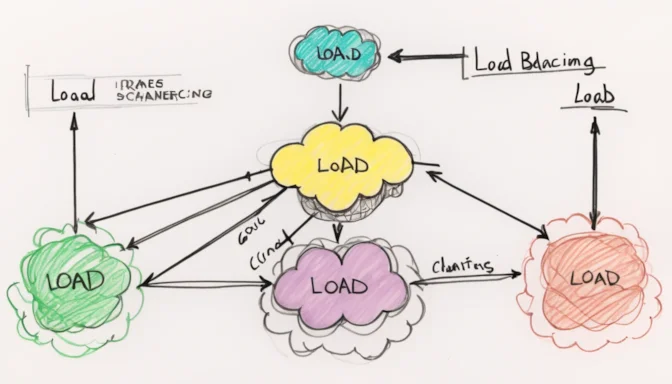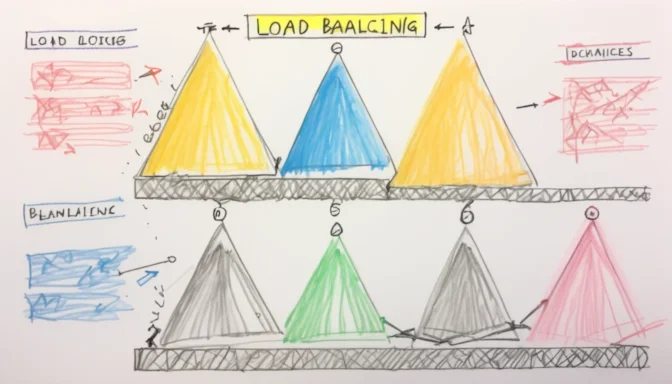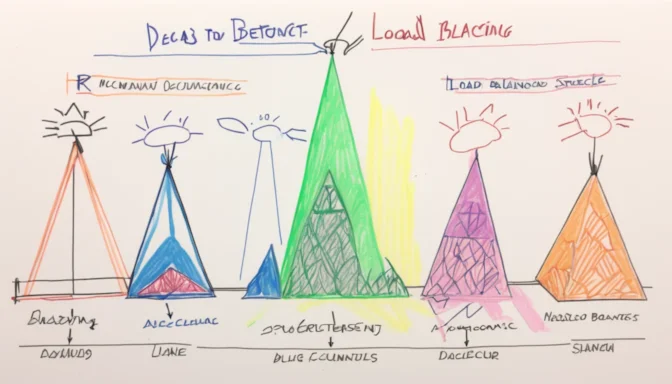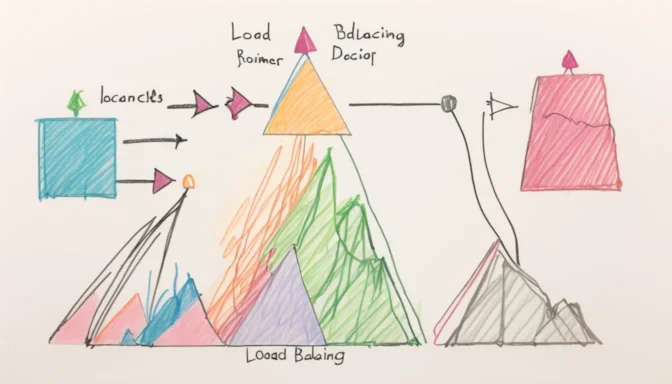What is Load Balancing?

Load balancing refers to the distribution of workload across multiple servers and network resources. It operates at the application layer of the OSI network model to enhance performance and capacity utilization.
Explaining Load Balancing in Layman's Terms

Think of a load balancer as a 'traffic cop' that sits in front of your servers. It routes client requests across multiple servers to ensure optimal speed and capacity utilization, preventing server overloads.
How Does Load Balancing Work?

Load balancers assign incoming requests to specific servers based on algorithms. These can be static or dynamic, considering the current status of each server to efficiently distribute traffic.
Types of Load Balancing Techniques

There are primarily two approaches to load balancing: Dynamic load balancing uses real-time algorithms to distribute traffic, while static load balancing employs a predetermined method for allocation.
Routing vs. Load Balancing

While load balancing focuses on distributing API traffic across multiple servers, routing rules channel traffic conditionally to specific target endpoints. Both serve to optimize network performance, albeit in different ways.
Load Balancing vs. Task Scheduling

Load balancing manages web traffic, whereas task scheduling in operating systems aims to assign tasks efficiently to optimize memory usage and prevent deadlocks.
When Should You Use Load Balancing?

Load balancing becomes crucial when dealing with a large number of persistent connections with uneven traffic distribution. It directs traffic to the server with the fewest active connections and the lowest average response time.
Why Do You Need Load Balancing?

Load balancing provides a high-performance, scalable infrastructure. It enables you to add or remove servers as needed, thereby automating scalability.
How to Know if You Have Load Balancing

You can identify if a site utilizes load balancing by looking for non-standard webserver cookies and headers. These are commonly used by load balancers for session management and other security functions.
 E-Commerceo
E-Commerceo
